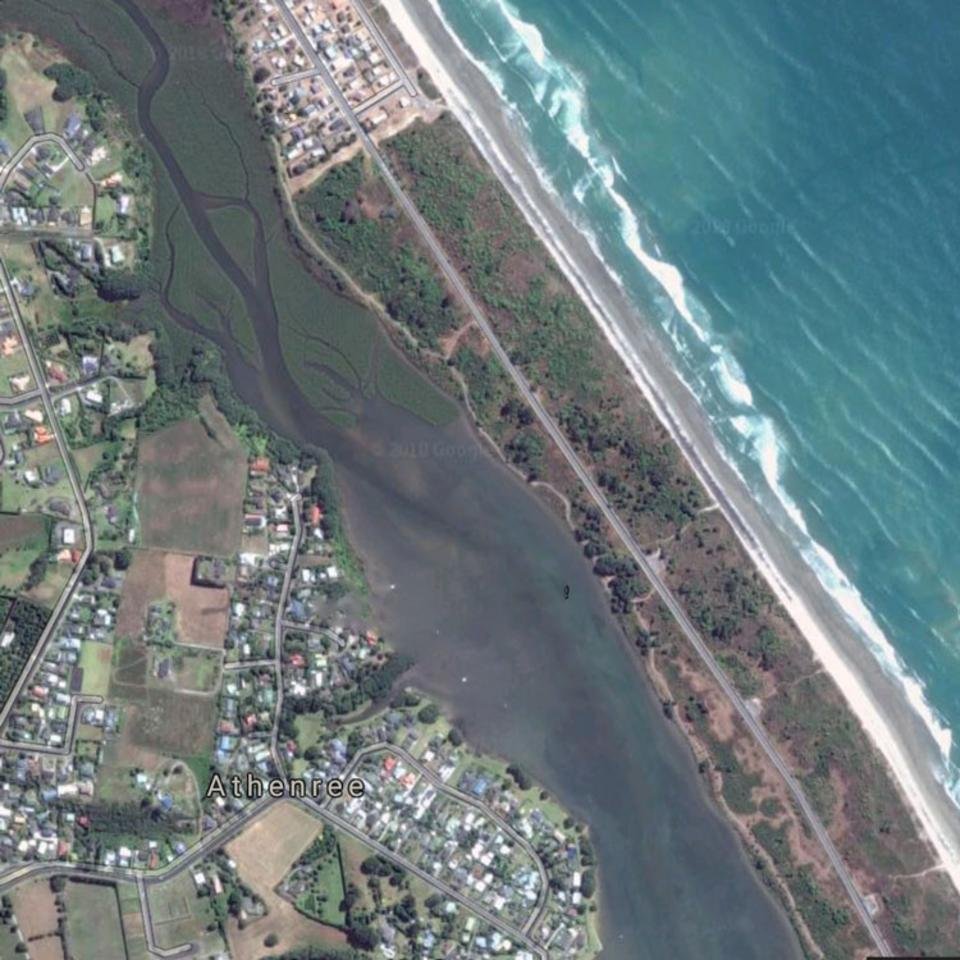Our work with the Ministry for the Environment helped streamline the data collection, management and storage aspects of the National Monitoring System. The NMS monitors all the resource consents issued by councils around the country. A spreadsheet-based analysis system was shifted to using R, reducing the work that needed to be done by MfE to collate the data.
Under the Resource Management Act 1991, councils are required to report their resource consent activity to the Ministry for the Environment (MfE). Before the NMS this was done via a survey, which collected general information about the number issued, processing time and average cost of consents. No information about individual consents was collected.
The NMS, however, collects detailed information about every resource consent issued by councils nationwide.
Isabelle Collins, Principal Advisor, National Monitoring System, says about 40,000 consents are issued every year and a lot of information is collected for each consent.
“It’s a really chunky set of data to collect and analyse. Dragonfly have been our technical support as we’ve got the system up and running – we couldn’t have got there without them.”
MfE decided to build the system on reusable code rather than using a commercially available database, mainly because the RMA is frequently updated or changed.
“We didn’t want anything that would involve expensive changes down the track. And the system had to be able to receive data from 78 councils (with more than 78 systems) so we needed something that was going to be really flexible.
Isabelle says they came up with solution that copes with the variation in scale and technology ranging from Auckland Council with 20,000 consents a year to tiny district councils with only 30 consents.
“We send out a standard spreadsheet each year that can be filled in manually or have data from the bigger councils dumped into it. It’s a happy medium. Dragonfly’s code sucks the data from all the spreadsheets and feeds it into a database.”
With data now going back to 2014, the NMS is enabling MfE to see patterns and trends and find out if councils are implementing the act properly, efficiently, and if the act is making a difference.
“It’s a lot of work for councils – they put in a large amount of time and effort to get the information to us. It’s also been a significant investment for the ministry and now we’re starting to see real value.
“Councils will be able to compare how they’re doing with other councils. With the mapping capability, we can see how consents interact with other activities in the same area or where consents have been issued in areas with fragile landscapes. There are also many ways we could link the data with LINZ and StatsNZ data. It’s exciting to have got to this point.”
Read more about the development of the NMS on MfE’s website.
Find out about another project where we built capability within an organisation.


